How to DIY an Easy and All-Natural Serum for Serious Hair Growth

In this tutorial, I’ll show you how to do my favorite hair growth serum DIY. Most over-the-counter hair growth treatments contain minoxidil, a chemical that only works as long as the treatment is being used.
As soon as the treatment stops, the hair growth stops too. Personally, my hair is slow growing so it can take months to grow just a few inches.
There are four phases of hair growth: anagen, catagen, telogen, and exogen. Each phase lasts for a different length of time.
Anagen is the slow-growing phase and, at any time, about 90 percent of the hairs on your head are in this phase and it can last about 3-5 years.
Catagen is the transition phase where hair follicles shrink and hair growth slows.
Telogen is the resting phase and it typically lasts around 3 months.
Exogen is the shedding phase so losing 50-100 hairs per day during this phase is normal and it can last about 2-5 months.
Rather than going to a dermatologist or beautician to help boost my hair growth, I went to my pantry.
This serum uses a combination of herbs and essential oils that are good for scalp health and hair growth such as aloe vera, nettle leaf, horsetail leaf, argan oil, jojoba oil, clary sage, lavender, peppermint, geranium, tea tree, cypress, and rosemary essential oil.
This DIY hair growth serum recipe helps to nourish the scalp and strengthen hair naturally without the chemicals and parabens often found in commercial hair products.
Here’s how to make this all-natural hair growth serum.
Tools and materials:
- Small pot
- Measuring spoons
- Strainer
- Spray bottle
- Dried nettle leaf
- Dried horsetail leaf
- Argan oil
- Jojoba oil
- Pure aloe vera gel
- Clary sage essential oil
- Rosemary essential oil
- Lavender essential oil
- Peppermint essential oil
- Geranium essential oil
- Cypress essential oil
- Tea tree essential oil
*You can purchase all of these ingredients at Amazon and you may be able to find them at your local health store too.
1. Boil 1 cup of water
Bring one cup of water to a boil and then remove it from the heat.
2. Add dried nettle leaf and horsetail leaf to the water
Add two tablespoons of dried nettle leaf and two tablespoons of horsetail leaf to the boiled water.
3. Let it steep
Let the herbs steep for around 15-20 minutes or until the water cools.
4. Strain
Strains out the herbs. They can be composted.
5. Add in essential oils
Add these oils to the spray bottle:
- 1 tablespoon of argan oil
- 1 tablespoon of jojoba oil
- 2 tablespoons of pure aloe vera gel
- 10 drops each of clary sage, rosemary, and lavender essential oil
- 8 drops of peppermint essential oil
- 4 drops each of geranium, cypress, and tea tree essential oil
6. Bottle
Pour the mixture into a spray bottle. Shake well to combine.
This serum lasts up to 3 months when stored in the fridge. Just make sure to shake it well before each use as the ingredients can separate.
How to use
There are a couple of different ways this spray can be used.
The first is to spray generous amounts of the serum onto the roots of your hair 1-2 times per day. I apply the serum to my hair before going to bed and leave it overnight.
The second way is to spray liberal amounts of the serum onto your hair and then massage it into the scalp for 3-5 minutes.
Let the serum sit for 20 minutes on your hair before washing it out.
Hair growth serum DIY
That’s how you make the DIY hair serum for hair growth. Let me know if you do try this recipe out yourself and what you think of it.
Next, learn How to DIY a Quick and Easy Cuticle Cream.
Enjoyed the project?
Suggested materials:
- Small pot
- Measuring spoons
- Strainer
- Spray bottle
- Dried nettle leaf
- Dried horsetail leaf
- Argan oil
- Jojoba oil
- Pure aloe vera gel
- Clary sage essential oil
- Rosemary essential oil
- Lavender essential oil
- Peppermint essential oil
- Geranium essential oil
- Cypress essential oil
- Tea tree essential oil
The author may collect a small share of sales from the links on this page.
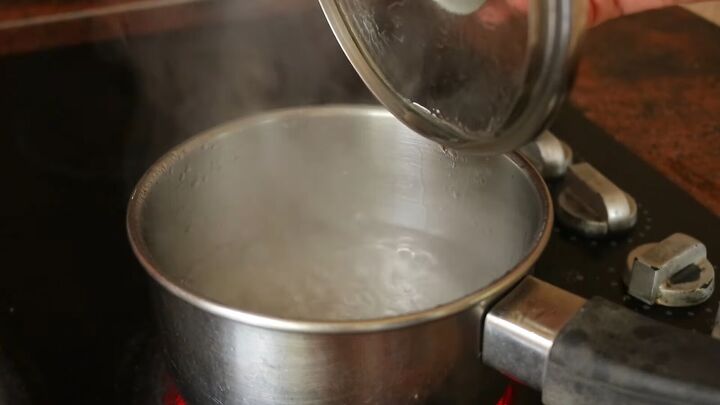









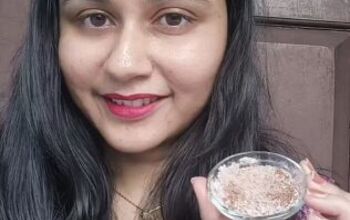
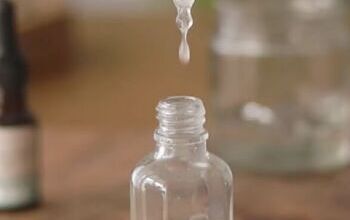
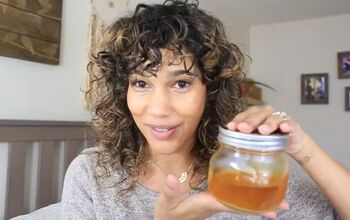



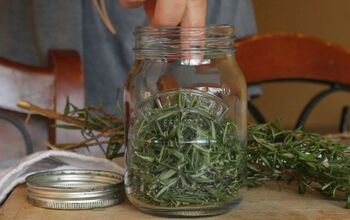
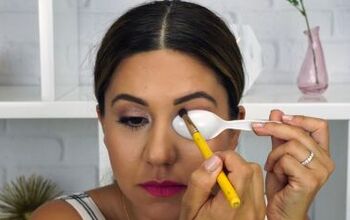


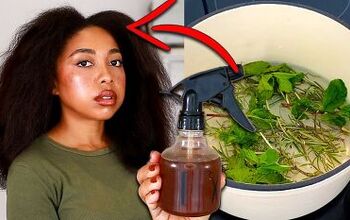
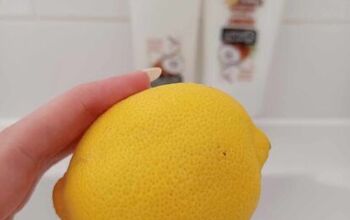


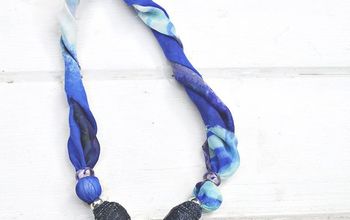

Comments
Join the conversation